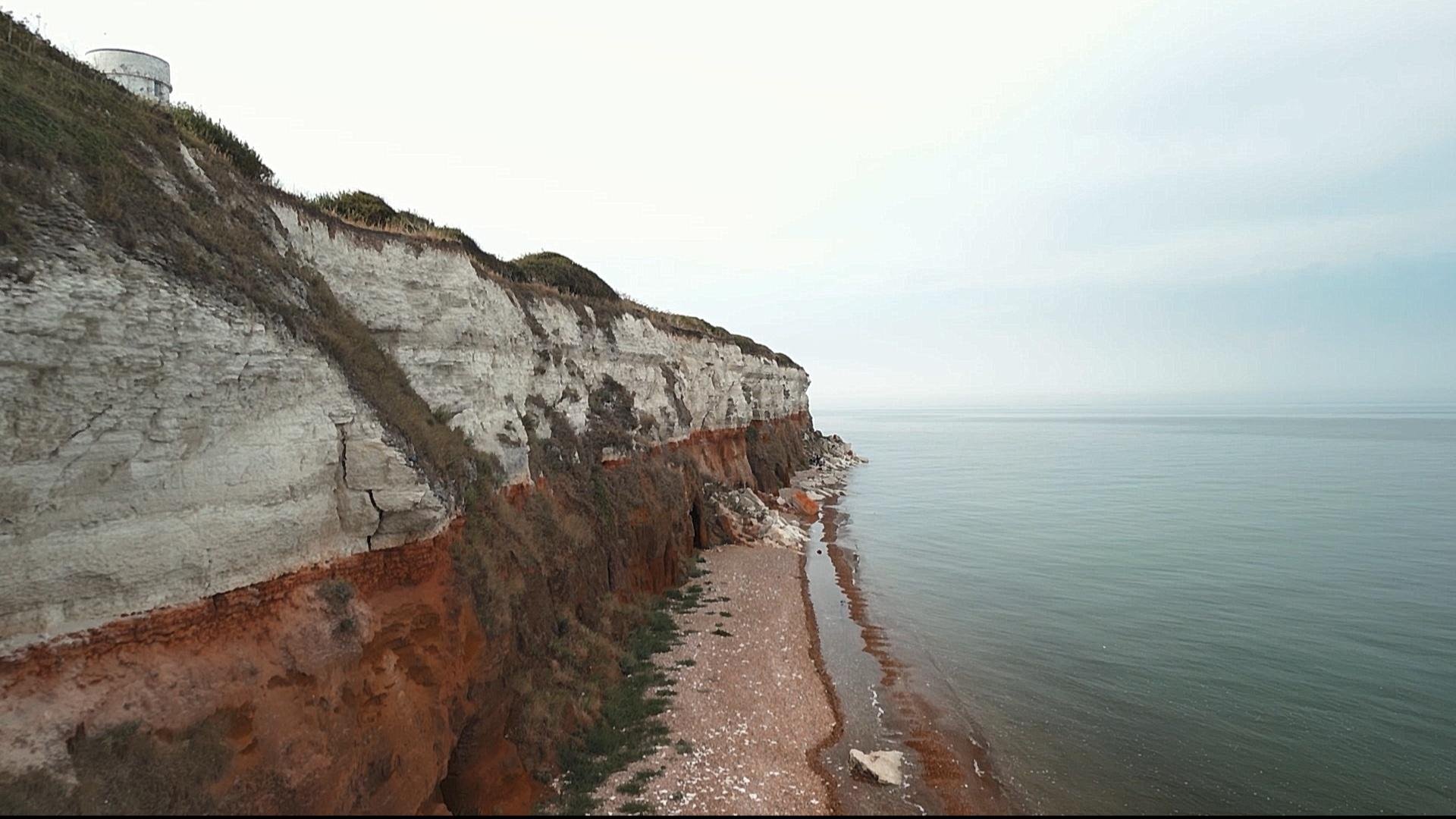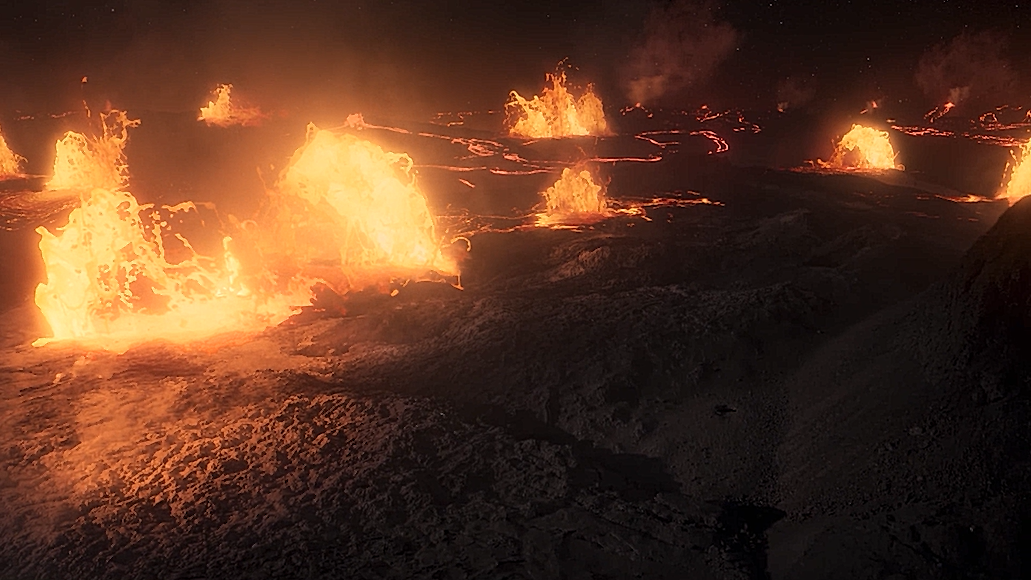How Old Is Earth?
How did our solar system form? And when did Earth come to be?

Nearly 5 billion years ago, a dense cloud of gas and dust occupied this corner of the Milky Way. The planets we know today, including Earth, were nowhere to be found. Scientists think that a nearby star exploded in a stunning supernova, sending a shockwave through that cloud and triggering a collapse. The result was a solar nebula, a flat, swirling disk of material that would eventually become our solar system.
The center of the disk would have experienced enormous gravitational forces, drawing more and more of that swirling material toward itself. Eventually, the pressure built so much that it forced hydrogen atoms themselves to fuse together and form helium. This released so much energy that the compact material, radiating heat, lit up our solar system with visible light for the first time.
And with that, 4.6 billion years ago, our Sun was born.
READ: How Life Survived When Earth Was Covered in Ice
The Sun’s gravity was so strong that it accumulated over 99% of the matter in that original cloud. But toward the edges of the solar nebula, other matter was also clustering into a smattering of larger bodies.
As those bodies amassed more material, their gravity grew. Some of them had gravity so strong that it pulled them into spheres. And 4.54 billion years ago, our Earth was one of them.
WATCH: Ancient Earth Was a Hellscape
But this early Earth would have been entirely inhospitable to life as we know it. It was scorching hot. Meteorites and asteroids hammered the surface. Lava flowed freely across the surface. And yet, from this hellscape, Earth would eventually transform into a planet capable of supporting complex life, including us.
Watch NOVA’s Ancient Earth series to learn how our planet transformed.



